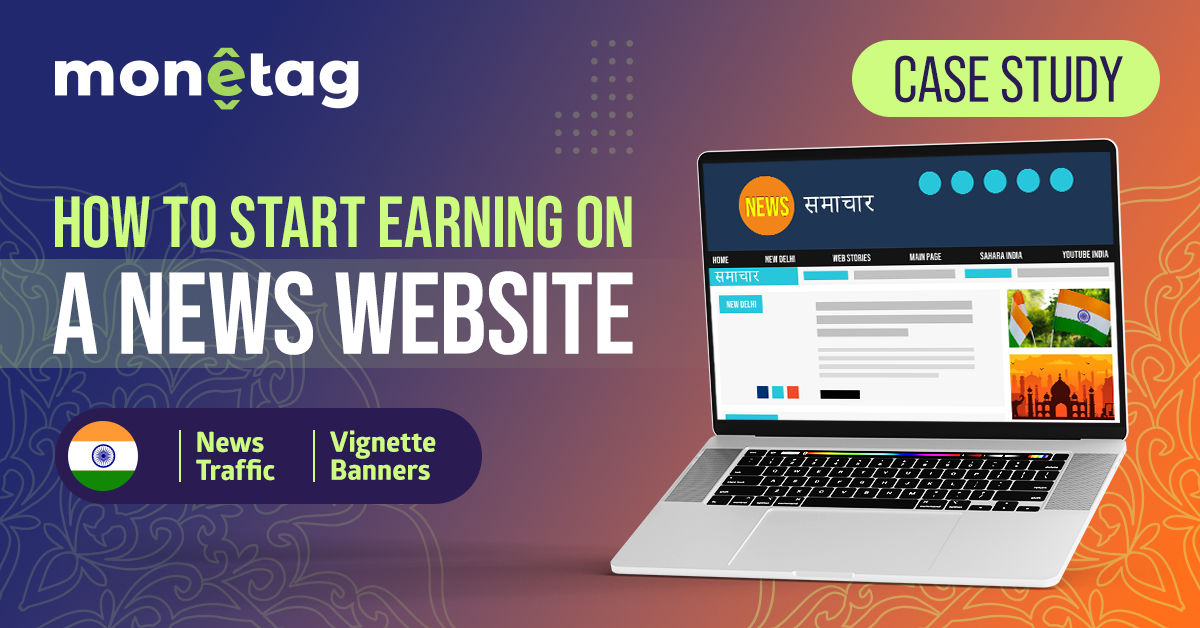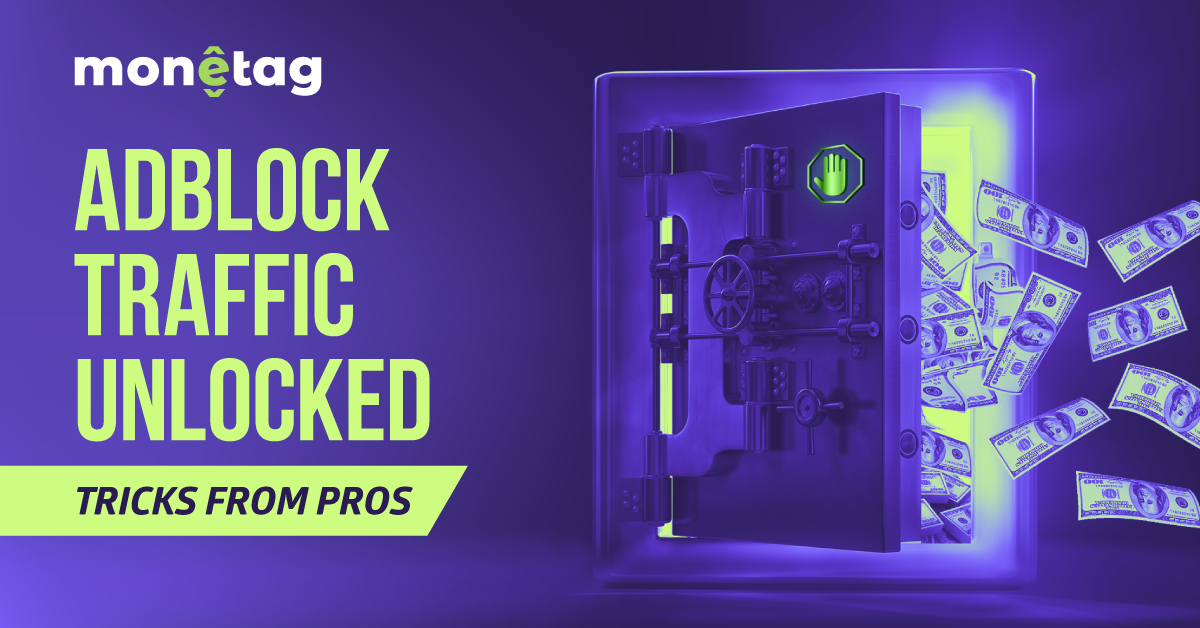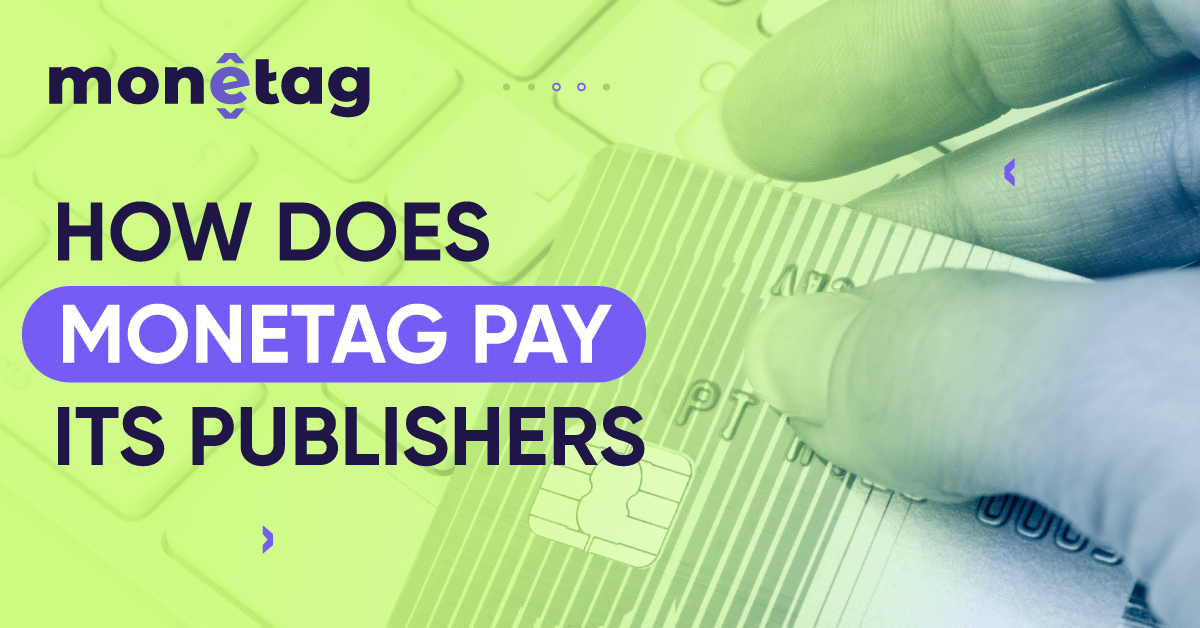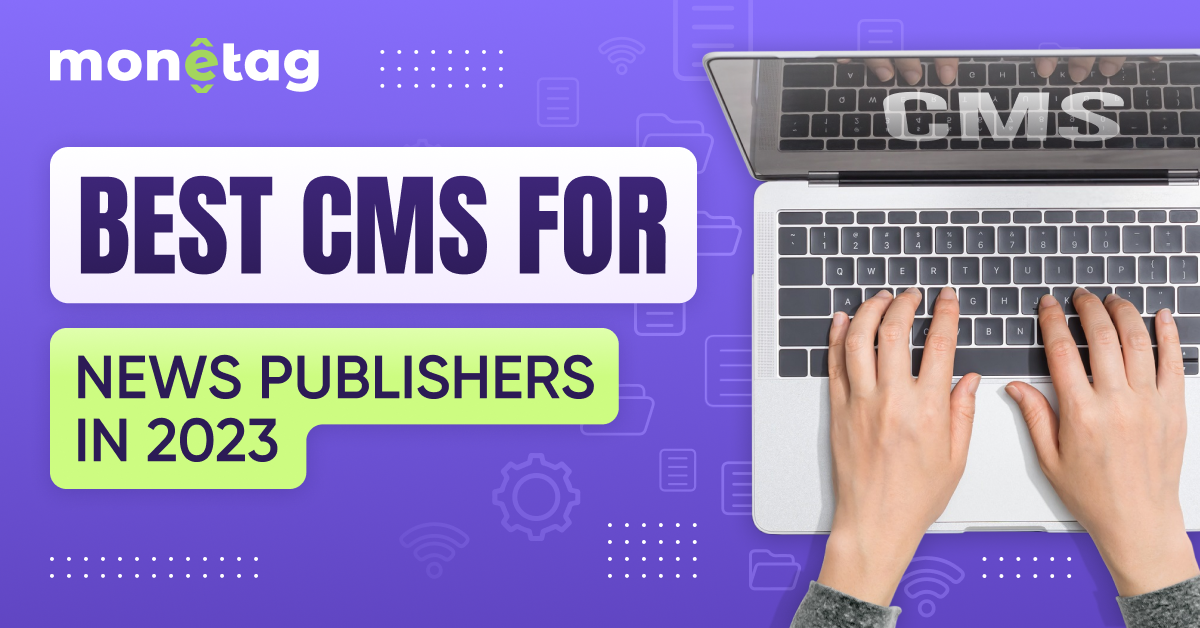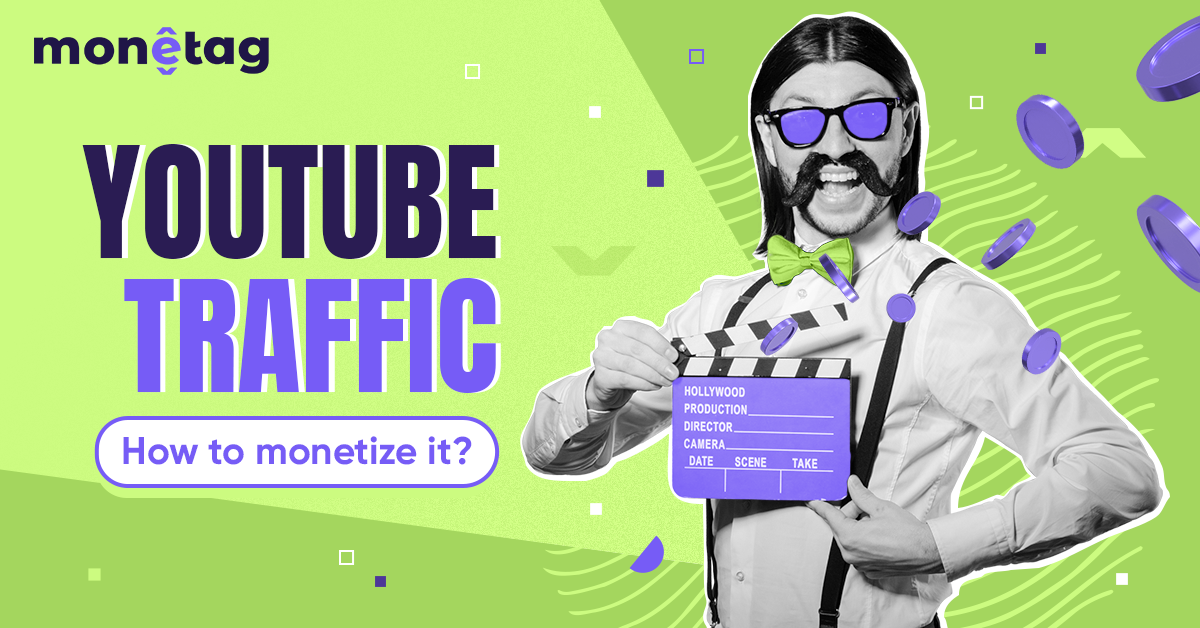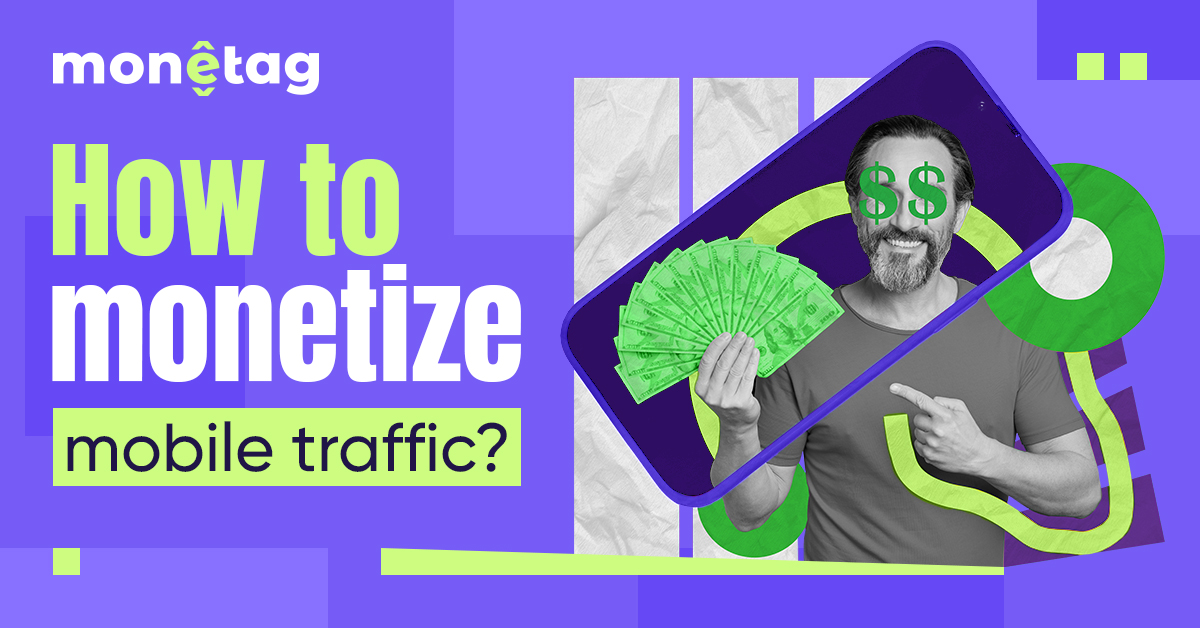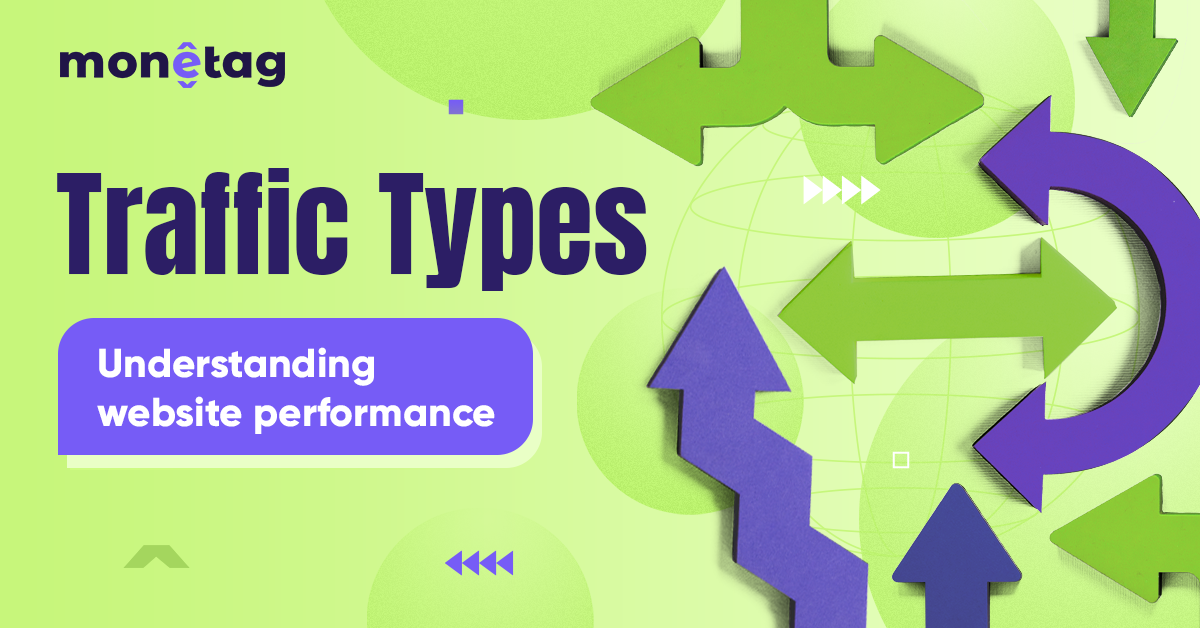5+ Monetization Mistakes That Almost All Publishers Make
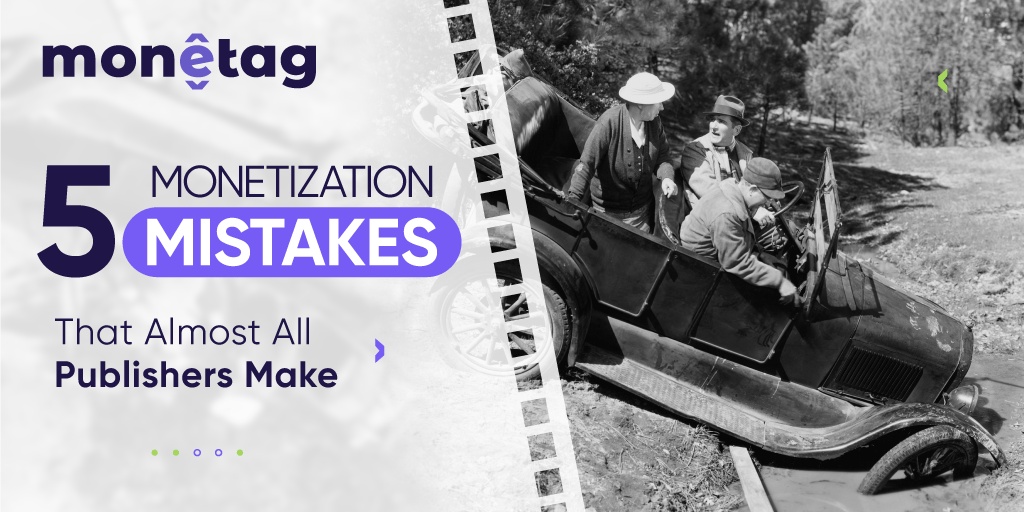
So, you have a website, and you want to start making money with ad placements?
Not sure if you can call yourself a “publisher” yet?
Well, we’ve got news for you!
Congratulations, you ARE a publisher! 🎉🥳
Now you might be asking yourself,
“Is website monetization beginner-friendly?”
The short answer is: mostly yes.
The longer answer is that nobody is perfect! It’s normal that in the beginning, you’ll face some problems and make mistakes.
Newbie publishers often run across issues dealing with day-to-day operations and wonder if their results are “okay”, or if they need to do more work on their monetization strategies.
But, we’ve all been there. Every successful publisher had to start somewhere!
So let’s take a look at the most common mistakes and pitfalls to look out for when monetizing your website traffic. That way, you can spot the mistakes and fix them immediately.
Knowledge is power, and once you know what to do when mistakes crop up in your monetization journey, you’ll see the profits rolling your way.
1. You’ve removed the ad tag TOO FAST
Many publishers expect immediate results.
They place the new ad tag, and 20 minutes later they’re obsessively checking the stats, assuming they should be making 6 figures by now.
Monetization results don’t take long to show up, but even so, there’s no silver bullet – you have to wait a bit for those first stats to come in.
What’s the most common mistake?
Publishers give up too fast! They remove the tag immediately, or they try a different ad format before those first few stats come in.
Our advice?
Have patience. Monetization takes time. And good monetization strategies require that you run tests to understand what ad formats your audience prefers, and which audiences work best for driving profits.
(Seriously, don’t swap the ad tags every 10 minutes, you won’t find out anything about your audience or the best ad formats for your website that way!)
2. You use too many ad formats at once
It’s very common that new publishers place all the ad formats at once on their website in an attempt to speed up the monetization process.
The logic behind this decision?
More ads = more profit.
Well, we’ve got news for you: it doesn’t work that way.
Another common issue is testing multiple ad networks at once. You won’t be able to get accurate results because each network will get a different chunk of traffic. Instead of the whole picture, you will only get fragments of data, which would be hard to analyze.
There are several downsides to this strategy:
- You can’t properly test the formats and understand if this amount of ads is optimal and effective.
- You are decreasing the efficacy of the ads. People are usually frustrated if you confront them with dozens of ads that they’ll close to view the content they want. The result? Your CPM goes down.
- You are ruining the user experience. Monetization is about balance, and if all your visitors see on your website are ads, you’re providing an imbalanced user experience that will make them go elsewhere.
Tip: Test formats one by one, carefully add more, and track performance to understand how your audience reacts to these changes and how it affects your income.
3. You ignore anti-Adblock monetization opportunities
Advertising is a completely legal way to earn money with a website; every website owner has an absolute right to place ads and monetize the traffic.
Still, some publishers are shying away from using anti-Adblock solutions, thinking Google or other search engines would penalize them. These fears are groundless because using anti-Adblock doesn’t violate any laws, and our technology ensures that search engines can’t “see” the ads. This way, publishers are not risking anything by using anti-AdBlock.
Are you avoiding anti-adblock? According to our stats, you might be losing up to 40% of your monetization profit.
Tip: If you notice that your profits are slowly starting to drop or your number of impressions is lower than before, it’s time to test the anti-AdBlock solution.
4. You are getting statistics wrong
How do you know if your monetization strategy is successful?
You monitor the actual profit that you make. In other words? The amount of money in your account.
Other parameters like CPM rate or the number of impressions, albeit also significant, can only show you the trends (how effective the ad format is, if the ad placement is generating clicks, or the overall performance of your website, etc.), but not the final financial results.
Yet there are publishers who are focusing solely on the CPM – that’s wrong; in this blog post, we explain why. In other words, the CPM rate is not paying for your grocery, but the money does.
Tip: First, look at your finance, and only after that, think about how you could improve your CPM rate. By the way, “average” CPM won’t provide you with much info, so opt for CPM by country.
Stay with us, because we’re about to get into the nitty gritty – the technical stuff.
Over the years, we’ve noticed that some webmasters are altering the ad script, thinking it can improve the performance. In reality, scripts stop working, anti-Adblock fails, or other tech troubles come up. The moral of the story? Don’t alter the scripts.
Another issue is using the same ad tag on ALL your websites.
For example, you’ve generated an ad tag for a website “N”. The system has created a specific, tailored tag for your type of traffic to be used on the website “N”.
You think to yourself,
“Nah, I’m too bored to create separate tags for my other websites, “A” and “B. I’ll just use the tag for website “N”.”
So you paste the ad tag for “N” website to other websites.
The result?
Apart from not being able to analyze the ads’ performance on each website, you are also killing the optimization, because the tag was custom-generated for a particular traffic source.
Tip: Never alter the tags or scripts, and always generate unique tags for each separate website.
Quick monetization tips (for each ad format)
These are not mistakes, but we thought it would be useful to mention some quick tips so you can monetize better.
- Popunder
When working with Popunder, make sure to reduce the frequency of Popunder ads.
Increasing the ad frequency above 3-4 times a day per user may lead to a lower CPM rate. As well, don’t put 2-3 Popunder tags on the same page. Don’t bombard visitors with advertising!
Ask our support or your manager to help you with this.
- Push Notifications
In line with Google’s latest updates, we encourage publishers to use HTTPS on their websites.
Push Notifications technology is a perfect match for an SSL-certified, secure website. - The subscription rates (especially important for the CPS pricing model) are much higher for HTTPS websites, as the opt-in process is shorter (users have to click “allow” just once), that’s why more people subscribe.
- SmartLinks
With SmartLinks, you can monetize almost any kind of traffic, so no need to complicate things. Simply place the link on attractive creatives or a website element. The easier the flow, the more profit you can enjoy.
Nothing too brainy, right?
Monetization is a pretty straightforward process when you follow recommendations and best practices – even for beginners!
But just in case you still have questions, feel free to post them in the comment section below.
